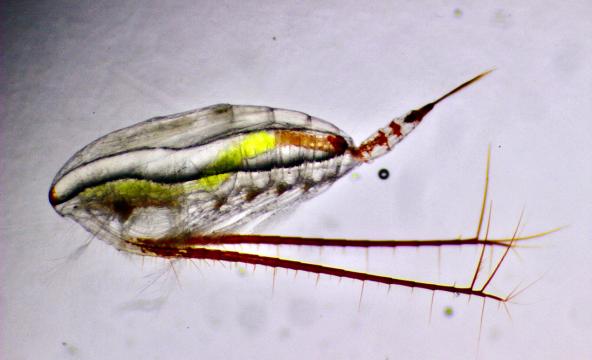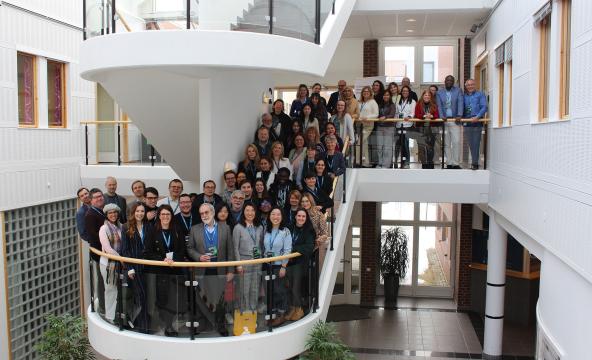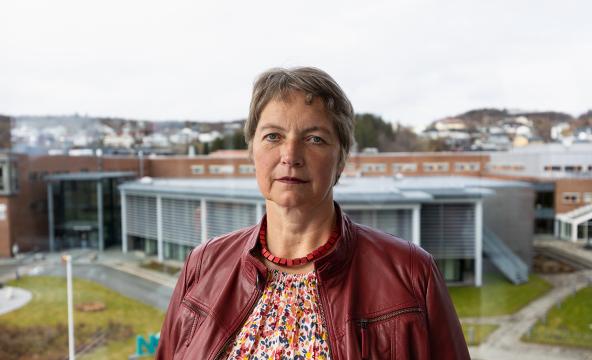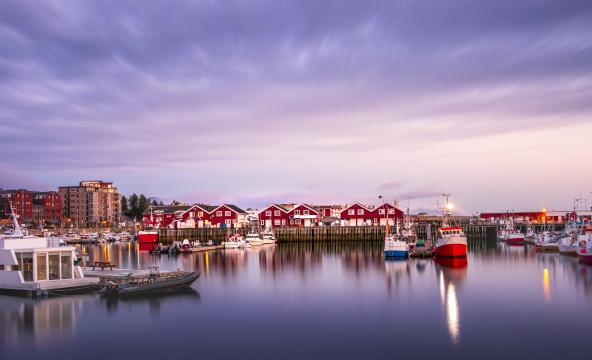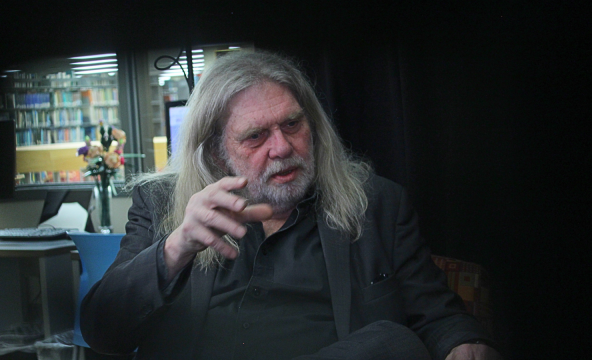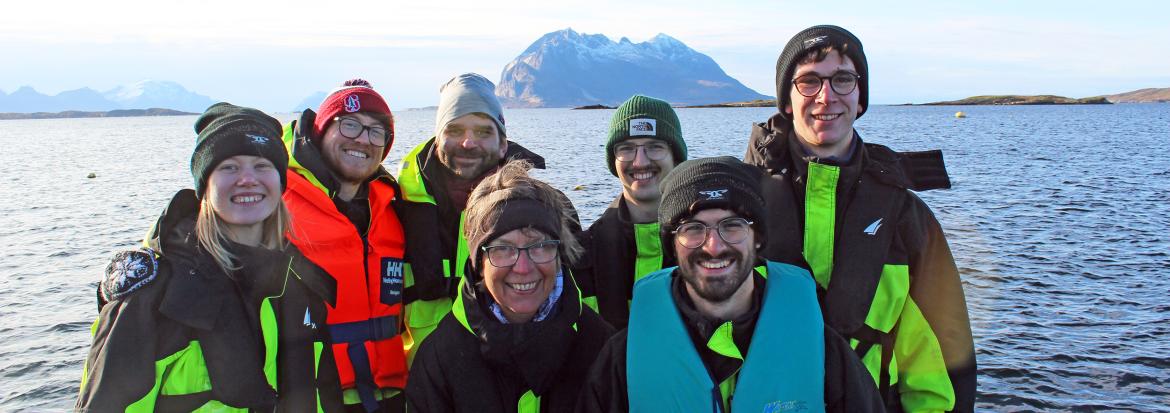
The Norwegian Research Council funded a 10,6 milllion Norwegian kroner projekct led by scientist Alexander Jüterbock, the Faculty of Biosciences and Aquaculture, Nord University. The project team aims to find out how kelp can withstand the rising sea temperatures that threaten the promising blue industry of kelp farming in Europe.
Jüterbock and his team seek to find a cure.
– In about three years’ time, we hope to have found a way to increase kelp resistance to rising temperatures. Our goal is to enhance temperature tolerance of kelp that it can grow even when temperatures are rising. You can compare our approach with human vaccination, Jüterbock says.
The work started last July and will last for the next three years. In October Jüterbock’s team of scientists and Ph.D.-students, was well on their way to plan the work ahead.
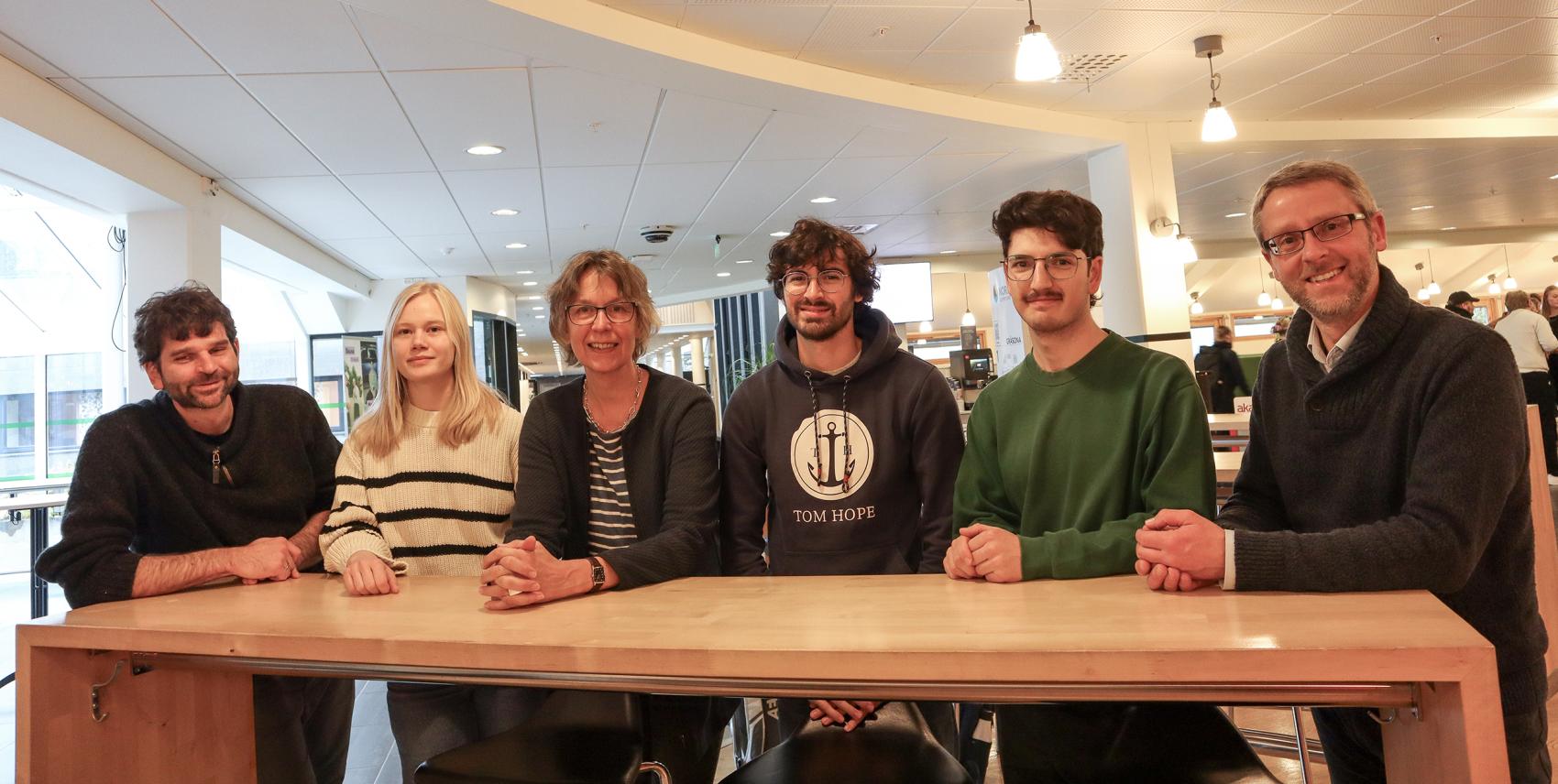
Learning from agriculture
The chosen method is well known in agriculture.
– We will use a technique known from agriculture and plant cultivation, where they increases yield and stress resistance in plant crops. To achieve such an effect, small life cycle stages are deliberately exposed to heat stress. In a similar way to how vaccination increases the immune system's response, this method probably increases the defense mechanisms in plants. If this is transferable to kelp, the harvestable large kelp leaves can then activate defense mechanisms faster, stronger or earlier when they are again exposed to stress, he says.
Grows in Lofoten
If successful, this will create an important milestone for sustainable biotechnology.
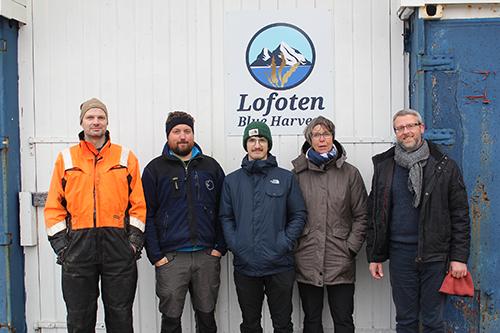
The team have joined up with Lofoten Blue Harvest at Digermulen in Lofoten in their efforts.
– We need their special skills regarding growing kelp in the sea. Earlier this autumn we visited them to see how they work. If we succeed, we will share the technology and findings with all kelp farmers, Jüterbock says.
The work started in Lofoten, where the team and Lofoten Blue Harvest harvested small spores that develop on the large kelp blades. These small spores will then travel to the University in Bodø for further study and development to small gametophytes in the laboratory. Here, they will be exposed to different temperatures, aka primed.
When the gametophytes have developed to sporophytes and reache the wanted length, they will travel back to the sea in Digermulen and grow further in their right element; the sea.
– Come about May 2024, we will go back to Lofoten and sample kelp blades. These will be taken back to the laboratory in Bodø where the team takes multiple measurments. We think that priming will help them build a memory of higher temperatures, that will allow them to better understand and tackle the rising sea temperatures, Jüterbock says.
– We have to succeed
The scientists both think and hope that the research will succeed. Because the alternative is the loss of vast areas of kelp forests.
– We see that the kelp forests, especially in the south, are about to disappear. So we need to get the kelp to tolerate the rising sea temperatures. Otherwise they will become also more vulnerabl in the north.
Multiple scientist from the best practices in Europe join the research. There are farmers in Lofoten, The Norwegian Institute for Bioeconomy, the Roscoff Research Station in France, as well as the Alfred Wegner Institute in Germany – who are internationally esteemed regarding their kelp researcg.
The team consists of four scientists and three Ph.D.-students at Nord University. The students will conclude their doctoral dissertation.
The top picture: The scientist team traveled earlier this autumn to Kelpinor in Gildeskål, which contributes in the form of an end-user advisory board to the project. From the left: PhD-student Anne Margrete Leiros Nilsen at Nord, PhD-student Griffin Hill at Nord, scientist Alexander Jüterbock at Nord, senior researcher Inka Bartsch at the Alfred Wegener Institute in Bremerhaven, PhD-student Clement Gauci at Nord and master student Leo Menini at Nord.



